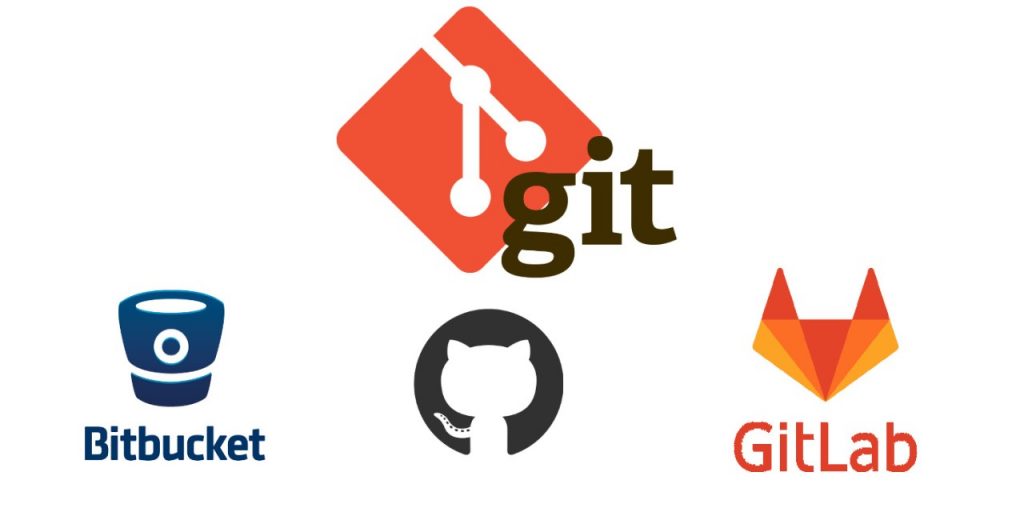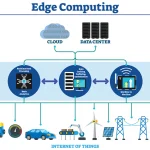Now Reading: How Modern Frameworks Are Transforming Web Application Development in 2025
-
01
How Modern Frameworks Are Transforming Web Application Development in 2025
How Modern Frameworks Are Transforming Web Application Development in 2025

1. How Modern Frameworks Are Simplifying Complex Web Development Tasks and Making Building Apps More Intuitive Than Ever in 2025
In the fast-evolving world of web development, staying ahead of the curve means using the right tools that make your life easier and your projects smoother. By 2025, modern frameworks like Next.js, SvelteKit, Remix, and a handful of newer players are revolutionizing how developers build web apps. Think of these frameworks as that super-smart buddy who’s always ready to jump in and help you solve tricky problems—whether it’s managing state, handling routing, or ensuring your app loads lightning-fast. They’re changing the game by taking what used to be complicated, error-prone tasks and turning them into straightforward, almost fun experiences that let developers focus on what really counts: creating fantastic user experiences.
One of the coolest things about these frameworks is how they’ve eliminated much of the repetitive setup that used to slow down development. Remember those days when you’d spend ages configuring build tools, resolving dependency conflicts, or tweaking configurations? Yeah, those days are largely behind us. Modern frameworks come with zero- or minimal-configuration setups, packed with sensible defaults and built-in features. You can start a new project in minutes—seriously, Twitter that code and get moving. This lowers the barrier for anyone interested in web development, whether you’re a hobbyist, a startup builder, or part of a large enterprise team. Everyone can jump in and create without being overwhelmed by tech overhead.
Beyond ease of setup, these frameworks emphasize a declarative programming style, making code much more understandable and maintainable. They’re all about components—small, reusable pieces of UI that you can assemble like building blocks. Want a header, a footer, and a dynamic list? Just build those components separately and put them together in your main app. It’s like stacking Lego bricks—simple, modular, and fun. This modular approach speeds up development because different team members can work on different components simultaneously without causing code conflicts.
Performance is another major focus. Thanks to advancements in server-side rendering (SSR) and static site generation (SSG), these frameworks give developers more control over how their apps load. Critical pages can be pre-rendered for quick initial loads, ensuring users aren’t left staring at blank screens. More dynamic content can then be loaded seamlessly, providing a smooth experience. Plus, built-in SEO optimization means your apps can rank well in search engine results without complex tweaks—an absolute bonus in today’s competitive online landscape.
All these features work together to democratize web development. No longer is building a slick, modern website or app reserved for seasoned pros with vast infrastructure knowledge. These frameworks handle the heavy lifting for us, allowing creative minds at all levels to focus on fresh ideas rather than wrestling with technical complexities. Whether you’re crafting a simple blog, a marketing site, or a large-scale enterprise platform, the current crop of frameworks in 2025 makes the process more intuitive and less stressful than ever. It’s an exciting time where building beautiful, performant web applications is accessible to more and more people—and that’s changing the industry for good.
2. The Rise of Full-Stack Simplicity: How Modern Frameworks Are Unifying Frontend and Backend Development for Seamless Web Application Experiences in 2025
By 2025, the web development scene is transforming into a more unified, simplified landscape—where the lines between frontend and backend are blurring in the best way possible. Gone are the days when creating a web app meant juggling multiple specialized teams, each responsible for different parts of the project. Today’s frameworks—like Remix, SvelteKit, Astro, and expanded features within Next.js—are making it easier than ever for developers to handle both the visual interface and the behind-the-scenes logic within a single, coherent environment.
This shift isn’t just about convenience; it’s fundamentally changing how we think about building applications. These frameworks introduce powerful abstractions that combine data fetching, authentication, server-side logic, and even database interactions into a single ecosystem. Imagine being able to write your backend code—API routes, serverless functions, database queries—all in the same language (mostly JavaScript or TypeScript) that you use to build your frontend components. No more switching contexts, no more copying code snippets back and forth between different environments, and no more dealing with complicated, disconnected tech stacks. This all-in-one approach accelerates development and reduces bugs because everything is integrated from the start.
One of the most exciting innovations facilitating this unification is hybrid rendering. Frameworks now give you the flexibility to choose the right rendering method for each part of your app—be it static generation for pages that rarely change, server-side rendering for personalized content, or client-side rendering for interactions and real-time updates. This means you can optimize for performance, SEO, and user experience more effectively. Additionally, many frameworks include out-of-the-box APIs for managing serverless functions or API routes directly within your project. These let you embed backend logic seamlessly alongside your UI code, simplifying deployment pipelines and ongoing maintenance.
The benefits to users are sizable. Web apps built with these advanced frameworks feel faster, more reliable, and more personalized. Navigations are smooth, content loads instantly, and interactions happen seamlessly—creating a more engaging experience that keeps users hooked. Developers, on their side, enjoy simpler codebases, fewer dependencies, and streamlined debugging processes. All this leads to a more productive, happier developer community that can iterate quickly and adapt to changing requirements.
This full-stack simplicity isn’t just an evolution; it’s a revolution. It’s paving the way for smaller teams, solo developers, and larger organizations alike to build complex, feature-rich applications without the headaches of managing multiple separate tech stacks. In 2025, web development is becoming more accessible, more collaborative, and more efficient—and that means everyone benefits, especially the end users who get faster, more reliable, and more personalized digital experiences. This convergence is creating a new era where building modern web apps is not only easier but also more innovative, flexible, and scalable than ever before.
























